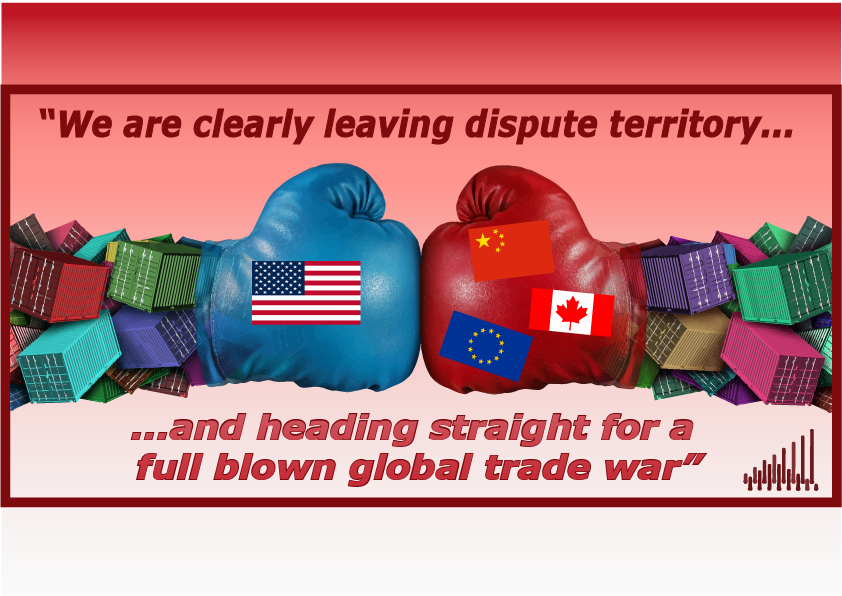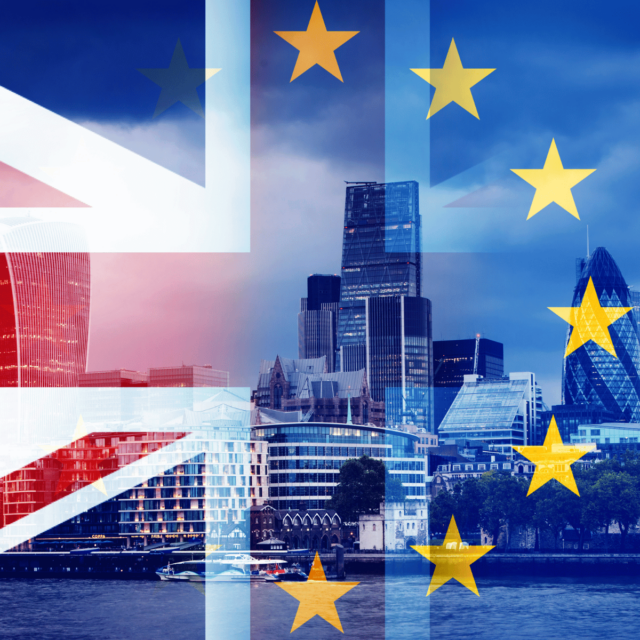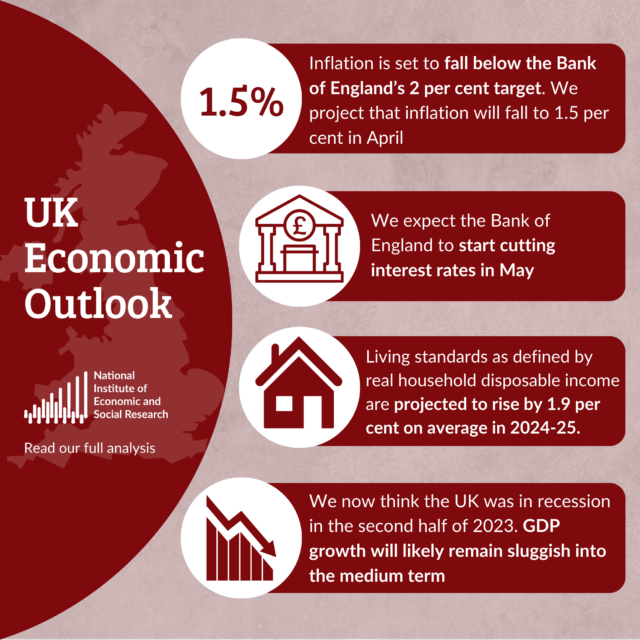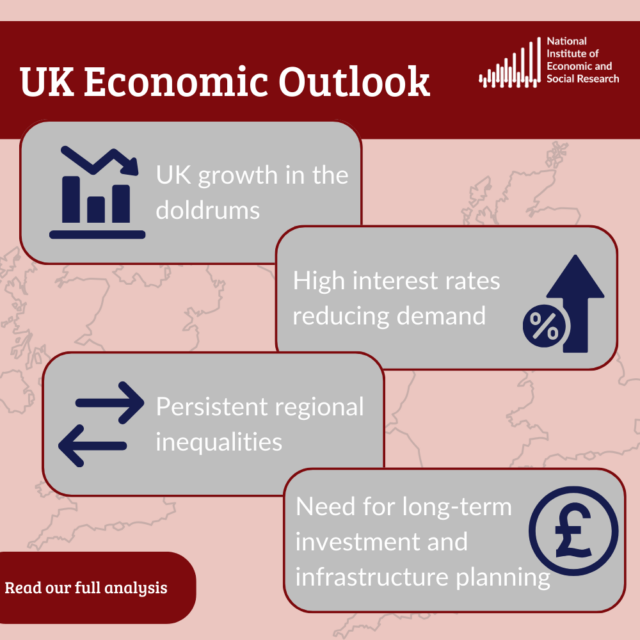Yes, it’s a trade war. And this is why it’s bad
How do you tell a regular trade dispute from a trade war? The trade literature has not developed a textbook definition of the latter so far. However, recent developments on the global trade arena initiated by the current US Administration clearly indicate we’re leaving dispute territory and heading for a full blown war.

How do you tell a regular trade dispute from a trade war? The trade literature has not developed a textbook definition of the latter so far. However, recent developments on the global trade arena initiated by the current US Administration clearly indicate we’re leaving dispute territory and heading for a full blown war.
The first shot was fired when US import tariffs were imposed on washing machines and solar panels in January this year. These were followed by protective measures on steel and aluminium in June. After the January tariffs the world’s reaction was cool-headed: the retaliatory threats did not materialise and the safeguard duties were challenged at the World Trade Organization (WTO). However, following the sudden announcement on new tariffs in June, Canada, China and the EU quickly imposed retaliatory tariffs, matching in amount the trade affected by US steel and aluminium duties, leaving the international rulebook discarded in the dust. Although all of the US trading partners legally challenged the US protectionist activity in the WTO, it is far from certain that the situation can now easily de-escalate.
History has witnessed many protectionist spells. However, these typically originated in response to difficult domestic economic conditions. For example, in the attempt to fight high unemployment, inflation and an over-valued dollar, in 1971 the Nixon administration imposed 10% import tariffs on almost all products entering the US. The protectionist measures adopted in the 1930s were a direct consequence of the Great Depression. This is not the case today: the US is enjoying stable growth and employment is at levels not seen since the financial crisis.
The causes of the current conflict are of a different nature. The Trump administration is unhappy about a range of perceived imbalances in the US trade relationship with other large economies and is overriding the multilateral rules to achieve what many consider somewhat vague goals.
President Trump might be right when he says US exporters have sometimes been treated unfairly in China. For instance, many US companies selling in China have been complaining about their Intellectual Property (IP) being put at risk by Chinese regulatory policies or being forced into joint ventures with local suppliers against investors’ interests. This is why, over the past few years, chapters on IP rights have become the most welcomed but also most difficult to negotiate parts of new multilateral trade agreements. The Trans-Pacific Pact was described as ‘the golden standard’ setup for global IP protection and the US withdrawal from it was the first major decision of the Trump administration. Unfortunately, the undermining and weakening of the rule-based trading system caused by the trade war will make it more difficult to address IP-related problems.
US trading partners find themselves in a difficult position, as they are caught between the rock of national politics and the hard place of global economic interest. This means there is a serious risk that we will be witnessing an open-ended and unpredictable escalation of the conflict.
This is bad news, because the modern economy is so interconnected globally that imposing an import tariff is like erecting a wall in the middle of a factory floor (as Richard Baldwin brilliantly put it). Modern trade is between global firms, and relies on international production and distribution networks. In such an environment tariff weapons can easily backfire. For instance, if a country imposes tariffs on its intermediate imports, although the aim is to protect home industries, it will indirectly hurt the competitiveness of domestic firms which rely on the input in question. Washing machine producer Whirlpool and motorcycle maker Harley-Davidson are among the many US companies facing difficulties due to US steel tariffs. If cheaper foreign steel suddenly becomes a lot more expensive, companies using steel as a raw material will have to put up their prices and consequently sell fewer washing machines or bikes.
And, as in any conflict, it is the civilians who will suffer the most. First in the line of fire will be consumers, faced with higher prices for goods and services. Then firms, which might experience an increase in their production costs. This has the potential to then lead to job losses. Last but not least, the uncertainty triggered by a trade war will hurt the economy as a whole: investment decisions are being reversed or delayed, and fewer firms will venture into export territory.
In his 1817 work ‘On the Principles of Political Economy and Taxation’, the English economist David Ricardo passionately argued that that free trade could make every nation better off. Two hundred years later, the looming trade war is putting all parties at risk, including those who initiate it.






















